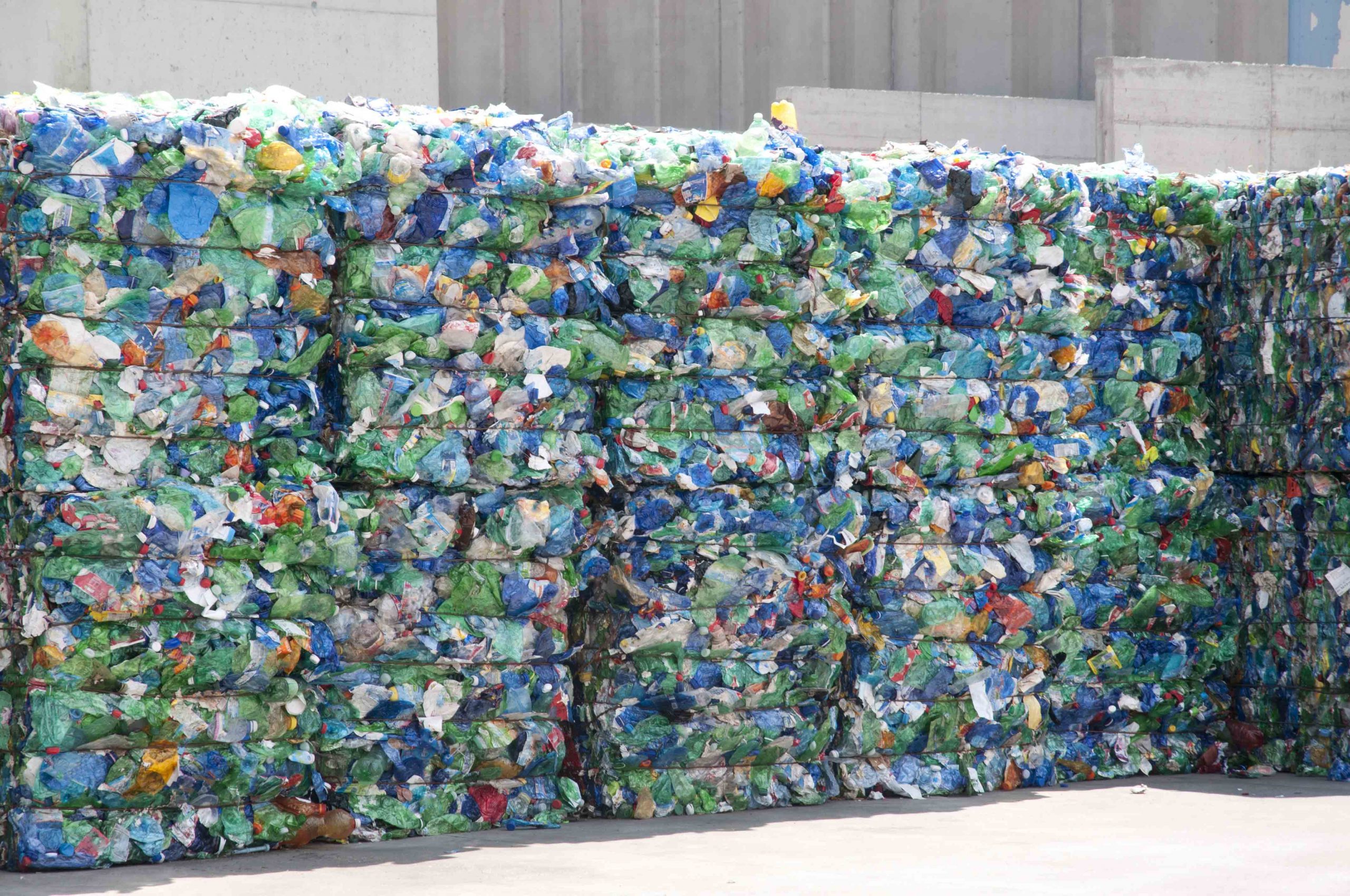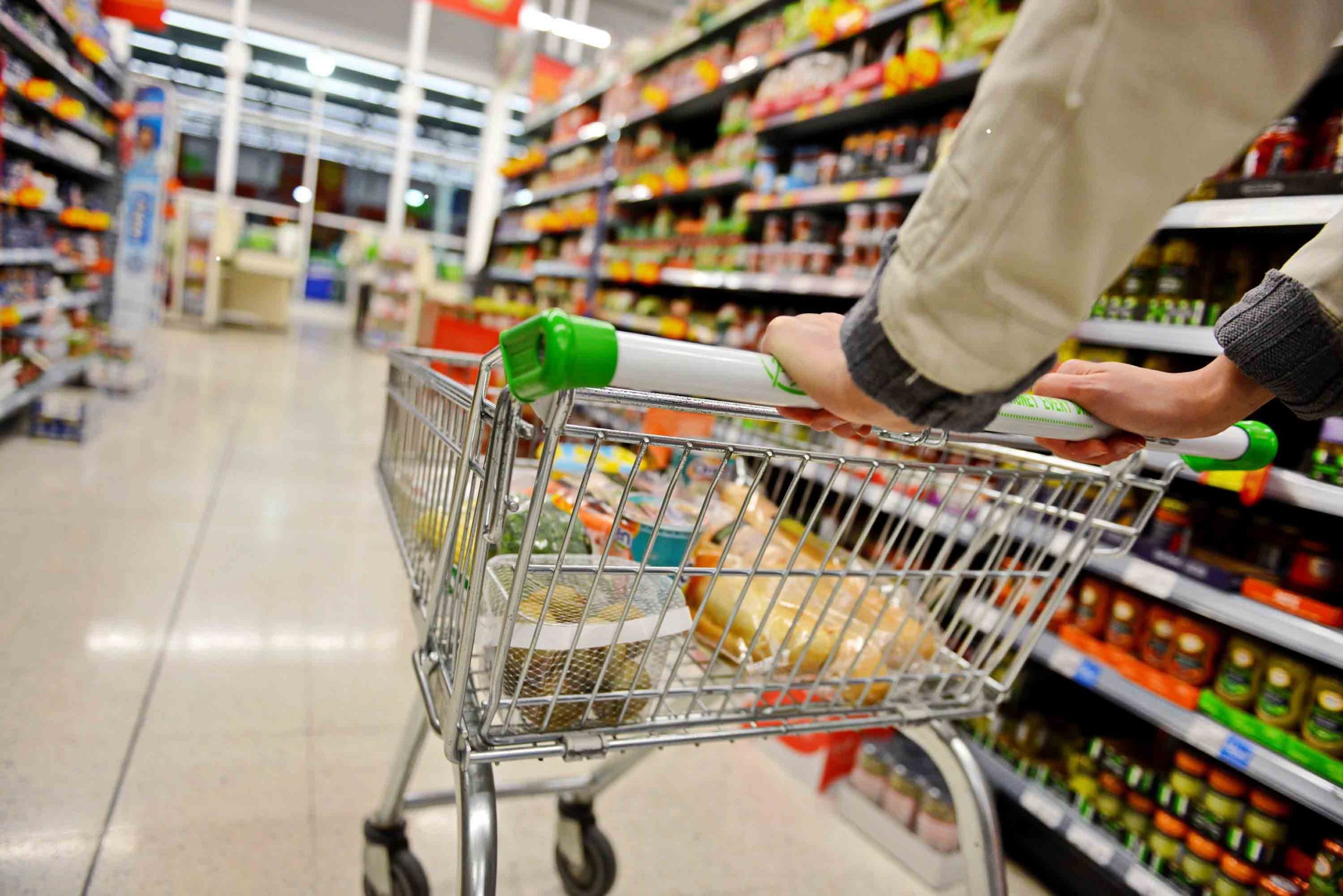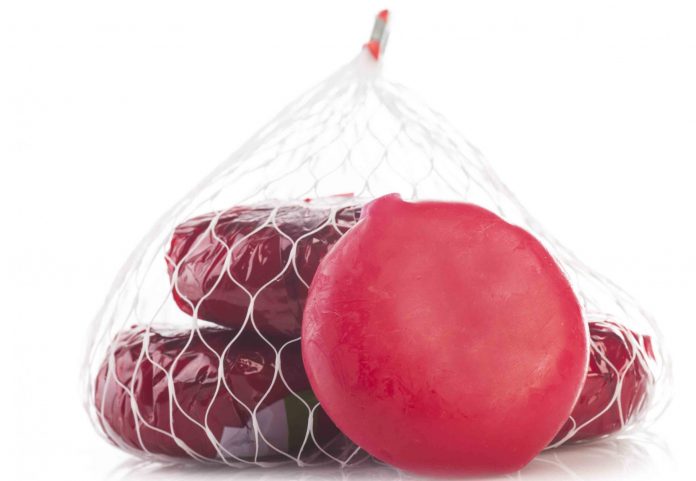The transformation of UK packaging legislation has the potential to increase brand costs by over £2 billion, writes Steve Gough
Consumer goods businesses have always been ahead of the game when it comes to data – without rigorous data systems in place, it wouldn’t be possible to manage thousands of product lines, keeping items in stock and in-date. However, many companies that maintain lengthy lists of product ingredients are less familiar with the detailed make-up of packaging. With the arrival of new environmental legislation for packaging, those which fail to record detailed data on packaging will face substantial costs.
The Plastic Packaging Tax is almost upon us, with Extended Producer Responsibility for Packaging close at its heels. The combined impact on business is a potential £3.12 billion a year. Luckily, those companies that act quickly to collect data and make changes across supply chains will reduce their liability, while also becoming part of the movement to create a more sustainable future. So, what do the changes mean for business, and how can consumer goods companies soften the impact?
2022: Plastic Packaging Tax
The first major change is the Plastic Packaging Tax. From April next year, brands will face a levy of £200 per tonne for any plastic packaging that does not include 30 percent recycled material.
Many brands have already embraced the change. However, including recycled content isn’t enough; to qualify for an exemption, they must also be able to evidence it. Proving exemption can result in major cost-savings. A soft drink supplier with 50 product lines, for example, may use 1,200 tonnes of plastic each year. Including 400 tonnes of recycled material will save it £80,000.
As the UK’s largest compliance scheme, Reconomy Group company Valpak has been helping brands and retailers to prepare for over two years, and the main theme we encounter among customers is the difficulty of gathering and storing evidence. Unlike our current reporting system, the tax applies on a component basis, so brands and retailers need to break down each item to get a clear picture of its make-up. If the packaging is manufactured by another supplier, they need to source detail on the volume of recycled content in each component.
This is no mean feat. Our EPIC database, which holds over 33 million stock-keeping units (SKUs), shows that packaging for consumer goods incorporates a vast array of materials and features. For example, the different multipacks of milkshake sold in the UK include 13 different plastic elements. These range from bottles and bags to caps, labels and films, and each must be logged individually. Some FMCG businesses will need to gather thousands of evidence documents from a large number of suppliers if they are to succeed in lowering their tax liability.

In January 2021, we surveyed our customers to gauge levels of awareness. While two-thirds were aware of Plastic Packaging Tax, only one in 10 felt prepared. A year on, many have taken steps to meet the recycled content threshold, but we are still hearing numerous questions around how to collect data as evidence, or how to report to HMRC.
Not surprisingly, demand for recycled plastic is on the increase, and prices for both recycled and virgin plastics are escalating. We can expect this to continue, and may even reach a point where the cost of including recycled plastic in packaging outstrips the levy.
2023/24: Extended Producer Responsibility for Packaging
If businesses feel unprepared for the arrival of the Plastic Tax, Extended Producer Responsibility (EPR) for Packaging has many floundering in the dark. To complicate matters, the government review is still taking place, so the finer details are still under discussion.
While it’s tempting to wait for further instruction, it’s crucial that businesses don’t underestimate EPR; the new legislation represents the greatest shake-up in packaging since the introduction of the first Packaging Waste Regulations 25 years ago. Under the new system, the onus will shift away from the full supply chain to a single point – manufacturers and importers. Under the current legislation, businesses fund a portion of the recycling that takes place but, from 2024, EPR will cover the full cost of collection, recycling and dealing with litter.
Take a moment to let that sink in. The ‘full net cost’ often quoted includes council-run household and business waste collections, and the resulting system is set to dwarf current costs. Instead of £350 million a year, business will be charged around £2.7 billion.
Like Plastic Packaging Tax, the end goal is a more sustainable, environmentally-friendly supply chain. Also like the tax, those brands which take steps to improve on problematic packaging will be rewarded with lower fees. Countries such as Spain have already introduced a requirement to report on different polymers, and this is a change we can expect to be implemented here. We can also safely assume that non-recyclable polymers will be penalised in the planned modulated fee system.
The role of data
Successful navigation of both pieces of legislation depends on accurate data, recorded in suitable format, and on time. The scale of the challenge is unprecedented and most businesses are finding they do not have either the resources or expertise to be confident in their submissions. Often this leads to over-reporting – in 2019, our member reviews identified more than 9,000 tonnes of over-reported material.
Much of the information required has not been recorded before, and packaging for even the smallest, most common household products contains a multitude of materials that need to be logged.

You might think that toothpaste would be straight forward – a plastic tube and lid in a cardboard box? Or maybe a metal can with a pump? In fact, our Product Data Hub, which records supplier information for brands in preparation for compliance reporting, shows that toothpaste sold in the UK may contain any of 11 different polymers. Some of these, such as PET, are commonly recycled; others, like polyimide (PI), polypropylene (PP) and LDPE, are not. Netting for fruit and veg tells a similar story.
Across industry, data gaps for new metrics like recycled content are common, but we urge all FMCG businesses to start collecting information like recycled content, polymer type and recyclability as soon as possible if they are to reduce their financial burden.
The next stage is to reconsider the use of problematic materials. We have found that including EPR and Plastic Packaging Tax tabs into our tools and pre-populating our systems with known weights is helping to fill the gaps. This smooths the path to compliance, but also allows brands to identify the suppliers that generate the most problematic packaging.
While the changes are unquestionably daunting, at least businesses are facing a level playing field. Packflow EPR showed that the increase in packaging recycling resulting from the new system will generate a carbon reduction of 4.38 million tonnes between 2022 and 2032. And that is a positive change worth making changes for.

Steve Gough, CEO, Valpak
Steve joined Valpak in 2000 as IT Director, becoming Director of Operations in 2002 and then appointed as Chief Executive in 2004.
Prior to joining Valpak Steve was a Product Development Manager for Compass Ltd, a comparative analysis consultancy for blue chip organisations. He also worked as Systems Development Manager for UK Nirex Ltd and spent 18 months as a Senior Development Engineer working for Climage International Ltd, a document management company.
Steve is a Chartered Engineer (CEng), a member of IEE and holds a Diploma in Accounting and Finance (CDipAF). He is a graduate in Electronics from the University of Bath.



